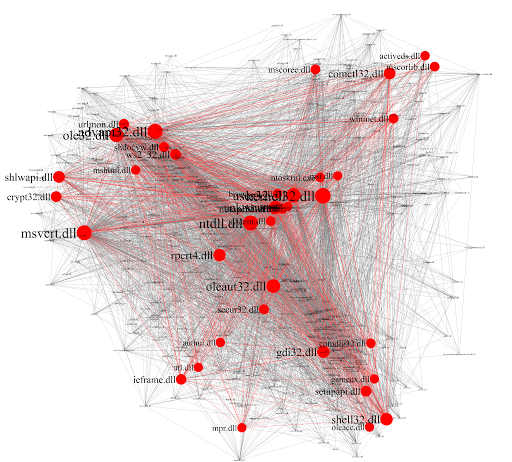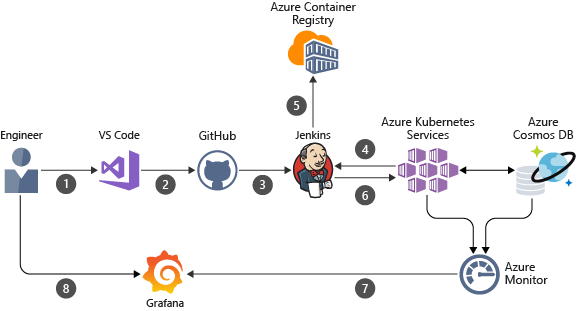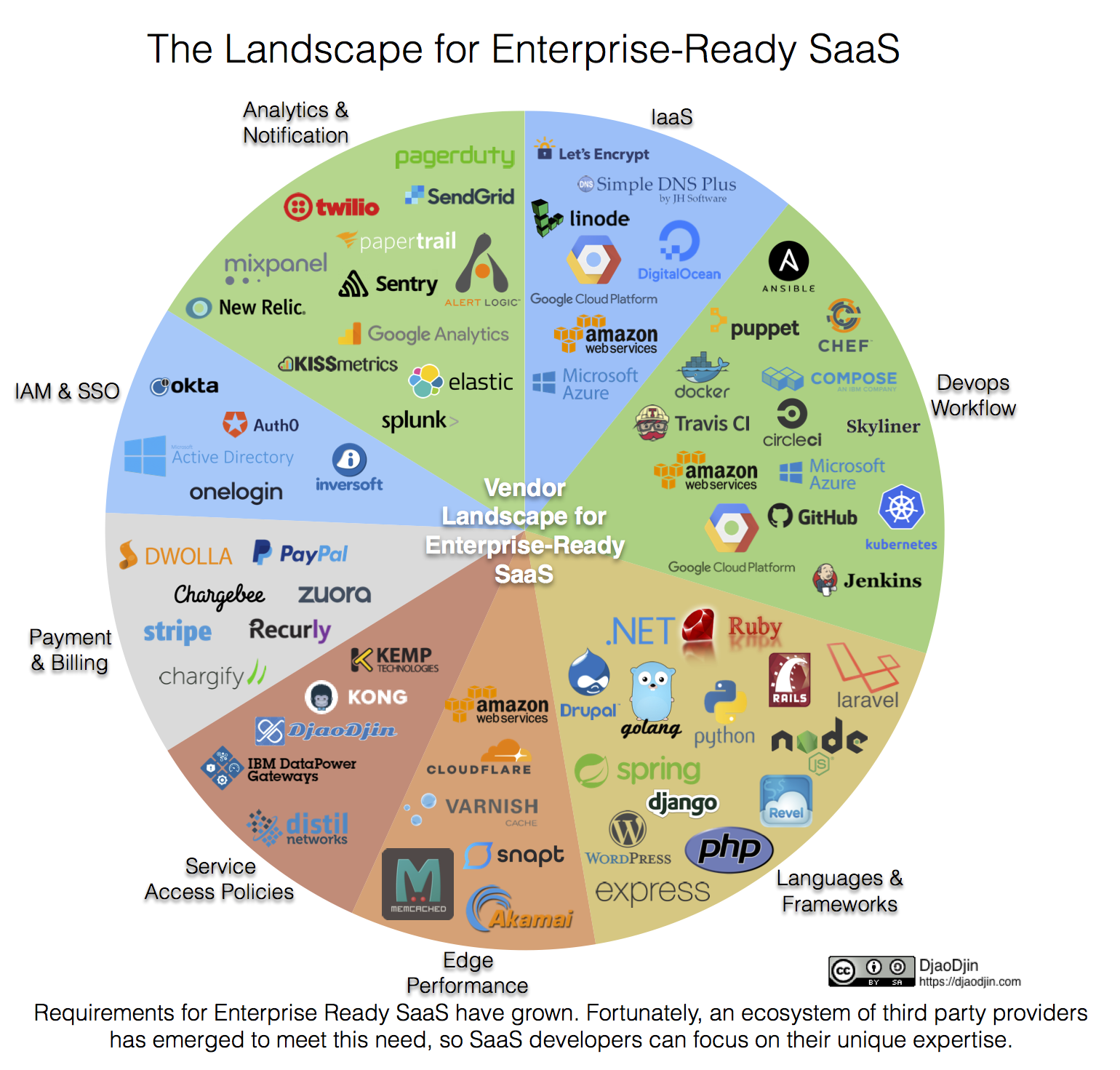How to build an Environmental, Social, and Governance (ESG) SaaS Product?
You have experienced first-hand the changes in the clothing manufacturing industry around sustainability. You are ready to bring your unique vision for ESG to the fashion industry as a Software-as-a-Service (SaaS) product.

ESG Product Features
Practices Survey Platforms
Surveys - Assessments - Audits - Exams - Checklists - Polls - Census
In the early days, you will want to spend more time and energy on the features that matter most to your target market, but soon, customers and potential buyers will ask for a more complete product. The roadmap expands.
ESG products are usually built on top of surveys, assessments, and certifications. As the table below shows, the certification market is rather vast.
| Scope | corporate internal | product-specific | industry-specific | profession-wide |
|---|---|---|---|---|
| Certified body | Individual | Organization | ||
| Sponsor | Government (Local, State, Federal) | Professional Trade Association | ||
| Mandatory | Yes to exercise profession | Recommended to be qualified as a vendor (procurement) | No (but useful as a marketing tool) | |
| Geography limits | State | Federal | Worldwide | |
| Time limits | Valid forever | Must be renewed every year | Must be renewed after infraction | |
| Provider | State-registered vendor | Professional trade organization affiliate | Product IP owner | Anyone with knowledge |
| Method of delivery | Self-paced online course | Instructor-led webinar | in person, on location | |
| Minimum requirements | number of hours | quiz with passing grade | inspector discretion |
In this context, we are looking to assess supplier organizations against ESG frameworks. A mature product in that space has the following features one way or another:
Data collection
Surveys
These are qualitative and quantitative surveys sent to suppliers, including calculators to facilitate input of estimates; for example Green House Gas (GHG) emissions calculators.
Third-parties sources
These include Web APIs to integrate with industrial controls like SCADA and AMI meters.
Web scrapers
These are intelligent bots going through publicly available information such as annual reports, company websites, stock exchange filings, Corporate Social Responsability (CSR) reports, and news sources, extracting relevant ESG data.
Document Vault
These keeps corporate responsibility policies, environmental ISO compliance procedures and audit-related documents often asked during Request for Proposals (RFP) in a central place, easily shared with customers and investors.
Benchmarking
Auditing
These features enable independent auditors to assert the data collected is valid and calibrated.
Scoring
Each supplier assessment leads to a scorecard such that suppliers can be compared to their peers.
Business Intelligence
Default charts (Scope 1, 2, and 3 GHG Emissions), customized charts, and drill- downs, are an integral part of benchmarking features.
Improvement planning
Knowledge sharing
Best practices, step-by-step guidance designed by sustainability experts, and up-to-date information about carbon tax regulations & carbon-related disclosures.
ROI Calculators
Scenario analysis, roadmaps, and projections about the impact of implementing an initiative across the organization.
Reporting
Branded report
These features include Web pages, downloadable PDFs, and slides with a supplier logo and colors that can be embedded into a supplier's website.
RFP Integration
These features include APIs and other connectors with corporate ERP Systems used during supplier selection.
Mapping to frameworks
Some mappings a required for compliance such as Conflict Mineral Report Template (CMRT) reports for SEC Form SD filing. Other mappings are encouraged, for example, GRI, IPIECA, SASB, TCFD, UN SDGs, CDP, MSCI, Certified B Corporation.
Data sharing
Reports can either be made publicly available or shared with specific individuals or organizations.
 A Pactices Survey Platform ...
A Pactices Survey Platform ...
Backed by real Humans
Industry Questionnaires
 What question to ask? How to phrase them for verifiably? Are score points
attributed? What process to use to revise questionnaires year-over-year?
What question to ask? How to phrase them for verifiably? Are score points
attributed? What process to use to revise questionnaires year-over-year?
Respondents Engagement
Who is the relevant point of contact at that supplier? Can they be described by a specific job title? Are they willing to engage with customers?
By which date should the campaign be wrapped up? Are expectations clearly communicated to respondents? Are training materials available? Is responsive support ready to help with technical issues?
Data Verification
Is it an on-site or pure desktop verification process?
Do verifiers engage with respondents for clarification as necessary?
Are supporting documents read and verified for relevance?
Is verification grading normalized to prevent reviewer bias?

Annual Reporting
How do you analyze the results? Which statistical methods are used? Are nominative answers shared? Who with? How is the final output presented?
Since 2018, we run campaigns taylored to each customer unique needs. See DjaoDjin professional services.
Built for developers
- Supplier Sourcing Events
- Annual Reporting
- Regulatory Compliance
- Professional Certifications
- Business Intelligence
ESG as-a-Service Features
A pricing page, a registration page, and an account profile page are the first features you will think about in order to deliver your ESG for clothing manufacturing products as Software-as-a-Service.
Of course, customers expect a lot more standard features in a SaaS, especially an enterprise or B2B SaaS (Analysis shows up to 80% of a SaaS code base implements undifferentiated features like login, billing history, etc.). A mature ESG SaaS nonetheless requires to implementation of those features.
Registration
- Friction-less registration
- Email verification
- Welcome email
- Temporary disable registration
- Registered user notification
Account profiles
- Profile picture
- Standard default profile data fields
- Application-specific custom profile data
- Profile updated notification
- Delete profile (GDPR compliance)
 With DjaoDjin, you have enterprise-ready features as
With DjaoDjin, you have enterprise-ready features as
Checkout
- Shopping cart customized for subscription purchases
- Redeem discount at any point
- Option to pay multiple periods in advance
- HTML, Email and PDF charge receipts
- Balance due notification
Subscription management
- Billing history
- Active and past subscriptions
- Unsubscribe-now option
- Monthly and yearly plans
- Renewal notification
- Expiration notification
Dashboards
- Engagement with product features
- Daily active users
- Recently active users
- Subscription plans
- Discounts
- Active and churned subscribers
- New, churn and total sales
- New, churn and total customers
- Income, backlog and receivables balances
 With DjaoDjin, you have enterprise-ready features as
With DjaoDjin, you have enterprise-ready features as
Landing pages
- Homepage
- Pricing page
- Contact-us form
- Terms-of-use page
Access Control
- Role-based access control
- Billing-based access control
- Accept terms of use
- Multiple roles on a profile
- Multiple organization profiles per user
- Invite and accept role on a profile (double opt-in)
- Request and grant role on a profile (double opt-in)
- Session debugging tools
Error pages
- 40x Permission denied, not found, etc.
- 50x server error (Ooops)
 With DjaoDjin, you have enterprise-ready features as
With DjaoDjin, you have enterprise-ready features as
Delivering an ESG Product as-a-Service
Now that you have narrowed down the features of your Minimum Viable Product (MVP) for ESG targeting clothing manufacturing, it is time to think about the concrete steps to build it. In practice, most of the choices will boil down to the type of technical co-founder you have. Nonetheless, that means picking:
Hosting provider
The considerations for picking a hosting provider, whether it is an Infrastructure-as-a-Service (IaaS) or Platform-as-a-Service (PaaS) provider, typically include
- availability, i.e. the ability for users to reach your site over the Internet, and how long before they have to wait before receiving a page result. (related glossary: DNS, CDN, load-balancer)
- cyber-security, i.e. underlying security of the physical machines, and built-in pre-configured network security of the platform (related glossary: TLS, WAF) that are the basis for your SaaS to meet compliance requirements (related glossary: PCI, GDPR, HIPAA).
- multi-tenancy, i.e. the ability to support multiple customers, where each customer/tenant's data is isolated and remains invisible to other tenants.
- whitelabeling, i.e. the ability for your customers to customize logos, pages, and up to the domain name your SaaS is served under.
- technical support, i.e. how responsive and useful the hosting provider's technical staff is to your inquiries.
Technology stack
The considerations for picking a technology stack, for example, PHP/Laravel, Javascript/Express, Ruby/Rails, or Python/Django, typically include
- porting to mobile devices
- integrating with OpenAPI tools
- implementing Machine Learning (ML) algorithms
- maturity and size of the language/framework community

Deployment workflow
For your SaaS to remain competitive, your team must be productive. Features must be scheduled, developed, tested, and deployed to a production environment reliably and often enough. The considerations for picking a DevOps workflow typically include
- Agile frameworks supported
- Source Code Repository platform
- Build Artifacts
- Testing Infrastructure

 How can DjaoDjin help?
How can DjaoDjin help?
Photo of tropical forest by LayHwa Chew.
